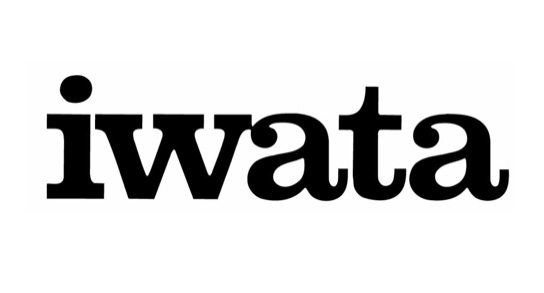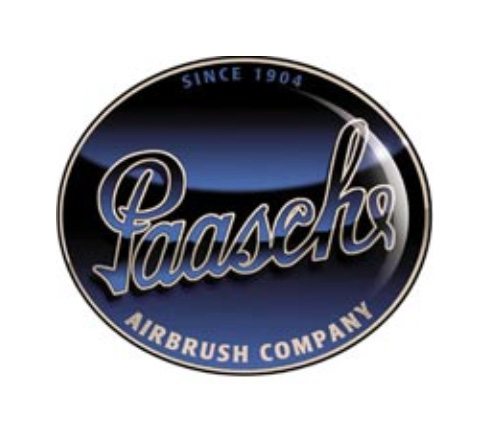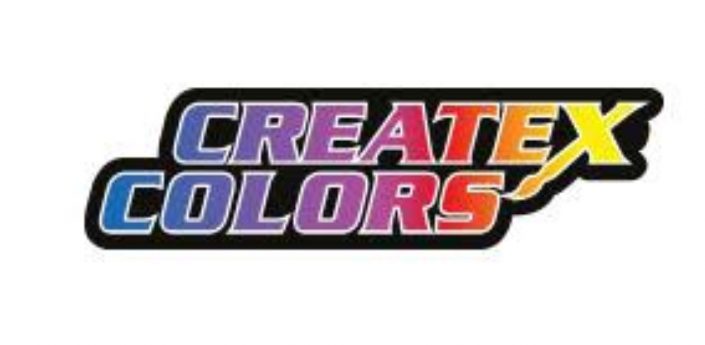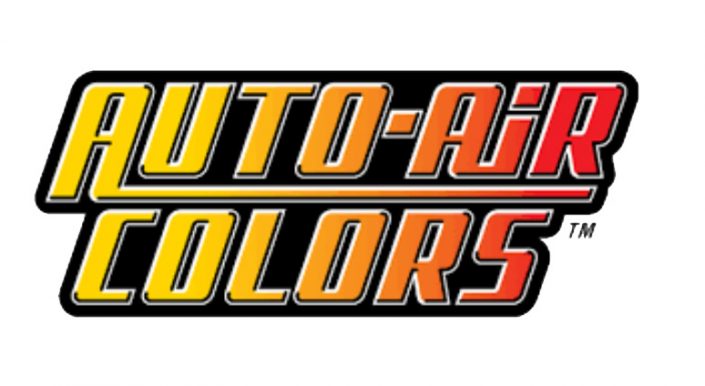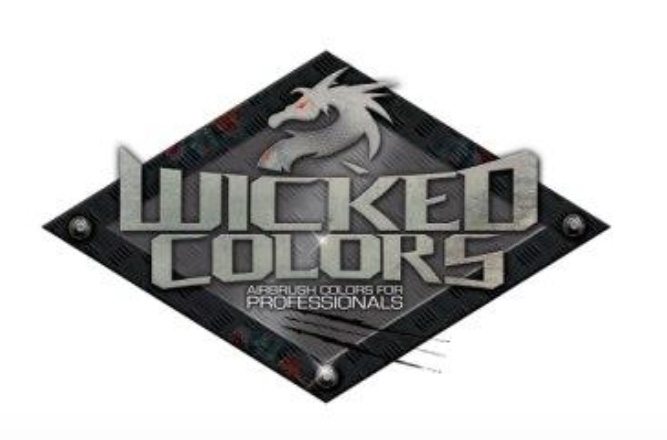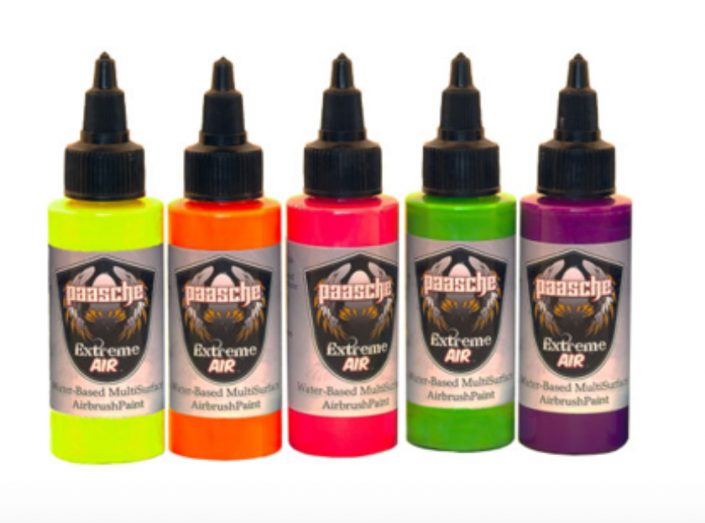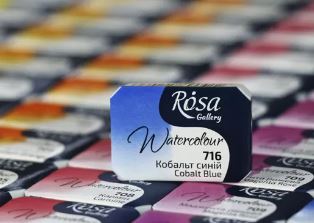Airbrush
Airbrushing is an accessible craft that can be used to enhance your modelling, woodwork or woodturning or can be a standalone art form. Getting started can be easy, especially with ready to use kits; from there you can really hone your techniques. So, where to start?
Airbrushes and the different options
Single Action or Dual action?
How the trigger function regulates the airflow, or airflow and paint.
A single action brush will only control airflow through the trigger, the paint flow amount is preset. This is a great option for beginners without having to worry about too many controls.
Dual action controls airflow by pressing the trigger while drawing back the trigger releases the paint. Allowing you to be freer with your technique.
External or Internal feed?
The paint is atomised either inside or outside the brush.
Internal feed the paint and air atomise inside the brush giving a more precise, “fine dot” spray pattern. External feed the paint and air atomise outside the brush giving a larger round spray pattern.
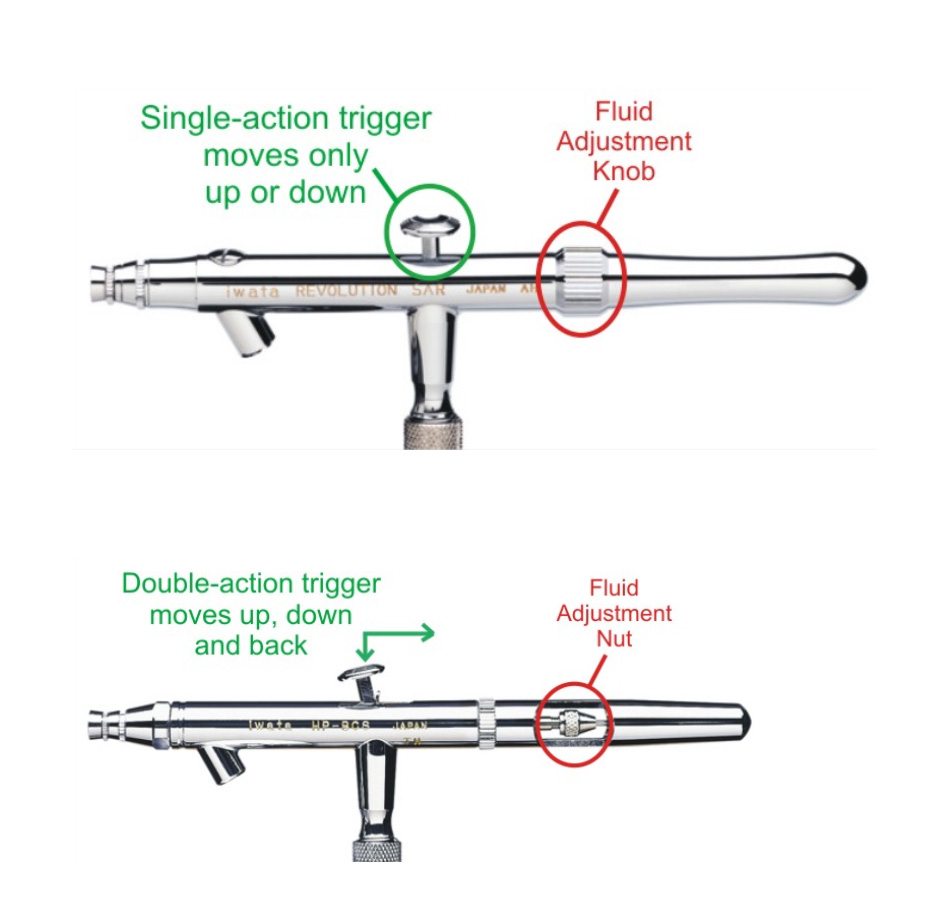
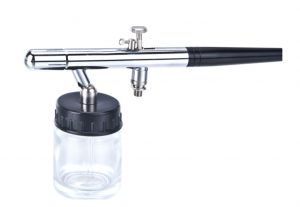
Bottom Feed
The paint cup is attached under the brush and should have at least at least 18 PSI while spraying. Good for all round spray and allows you to spray at a quick pace.
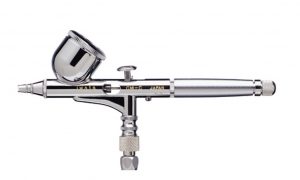
Gravity fed
Gravity draws the paint through from the attached cup at the top of the brush. Air pressure can go as low as 8 PSI while spraying, great for fine detail work as the airbrush sprays slower.
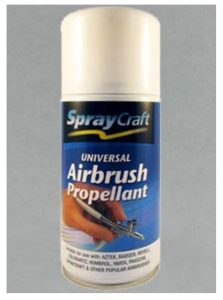
Canned Propellant
An easy and cheap way to start is using a canned propellant, which is also ideal for short or intermittent use. It can be used on all airbrushing models, however, If airbrushing for long periods of time a propellant will be a too expensive air source.
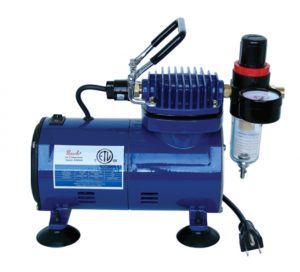
Air Compressor
For an amateur to expert air brusher, a small compressor will be more suited, the initial expense will outweigh the use of propellant very quickly. Some airbrushes come complete with its own compressor or you can buy specific airbrushing compressors, or small all round, general compressor.

